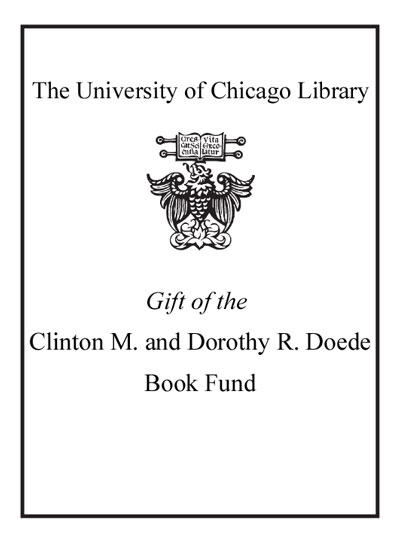Review by Choice Review
The Holocene, the interval covered by the last 12,000 years, represents a largely nonglacial period in Earth's climatic evolution. This book synthesizes the climate history of this interval and investigates the role of natural climate variability in explaining current global warming. The volume contains ten chapters written by experts in various aspects of past climate change. Chapter 1 provides a short introduction and outlines the objectives/contents of subsequent chapters. The next chapter, the longest (51 pages), considers the progress, paradigms, and problems in Holocene climate research. Chapter 3 addresses the fundamental question of the human role in the changing climate of the Holocene while acknowledging that climate change itself has strongly impacted the history of civilizations. Our ability to predict future climate depends on our ability to reconstruct and model what has already happened; chapter 4 explores this vital issue. Subsequent chapters examine some relevant intervals including the so-called Holocene thermal optimum, and evaluate and model what natural processes might have contributed to observed climate histories. The final chapters assess rapid land-cover change and analyze future climate change within the perspective of the last 12,000 years. Includes chapter references, an eight-page index, and a three-page summary of abbreviations and dating conventions. Summing Up: Recommended. Graduate students, researchers, faculty, professional audiences. J. T. Andrews University of Colorado at Boulder
Copyright American Library Association, used with permission.
Review by Choice Review


